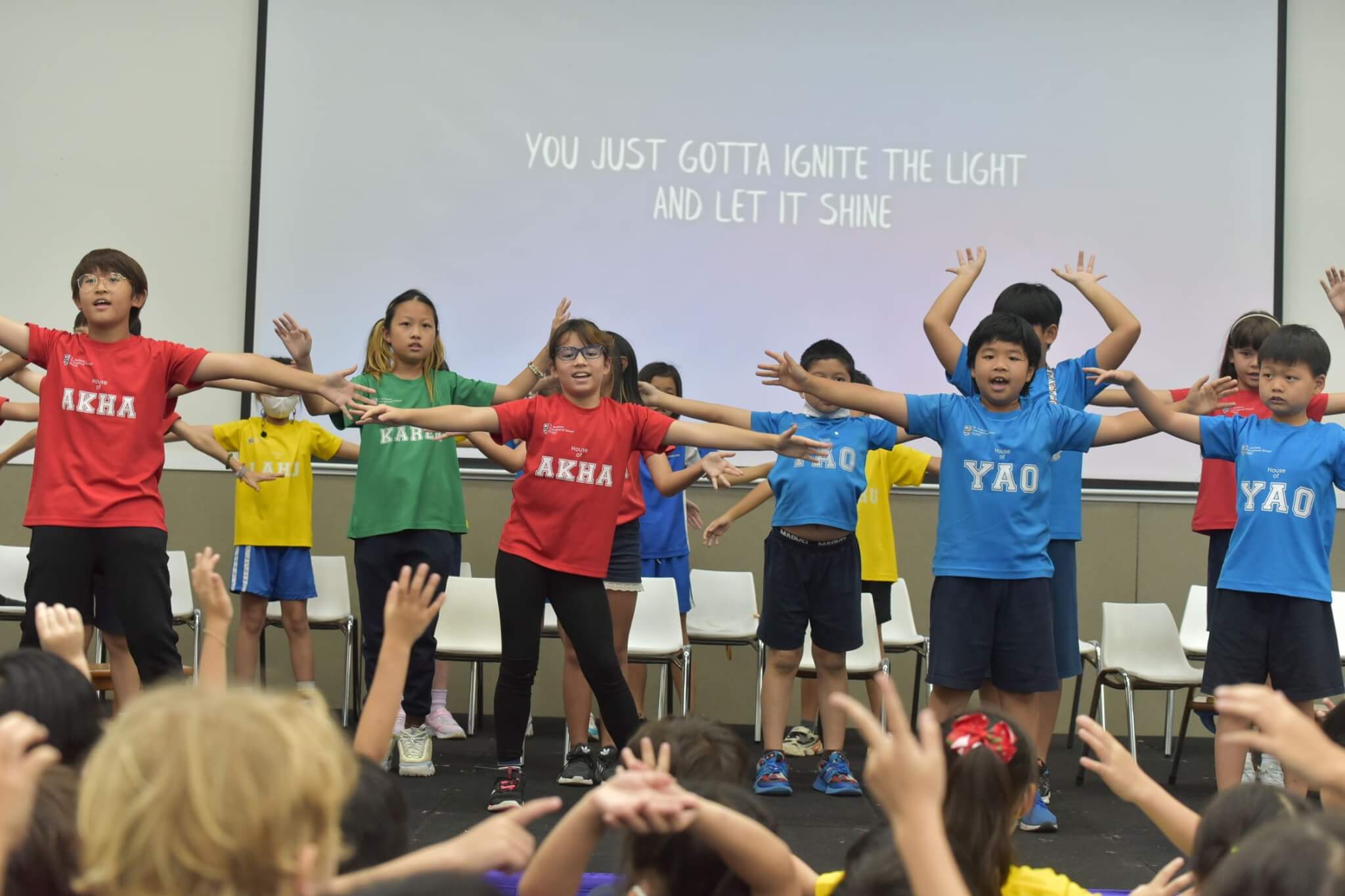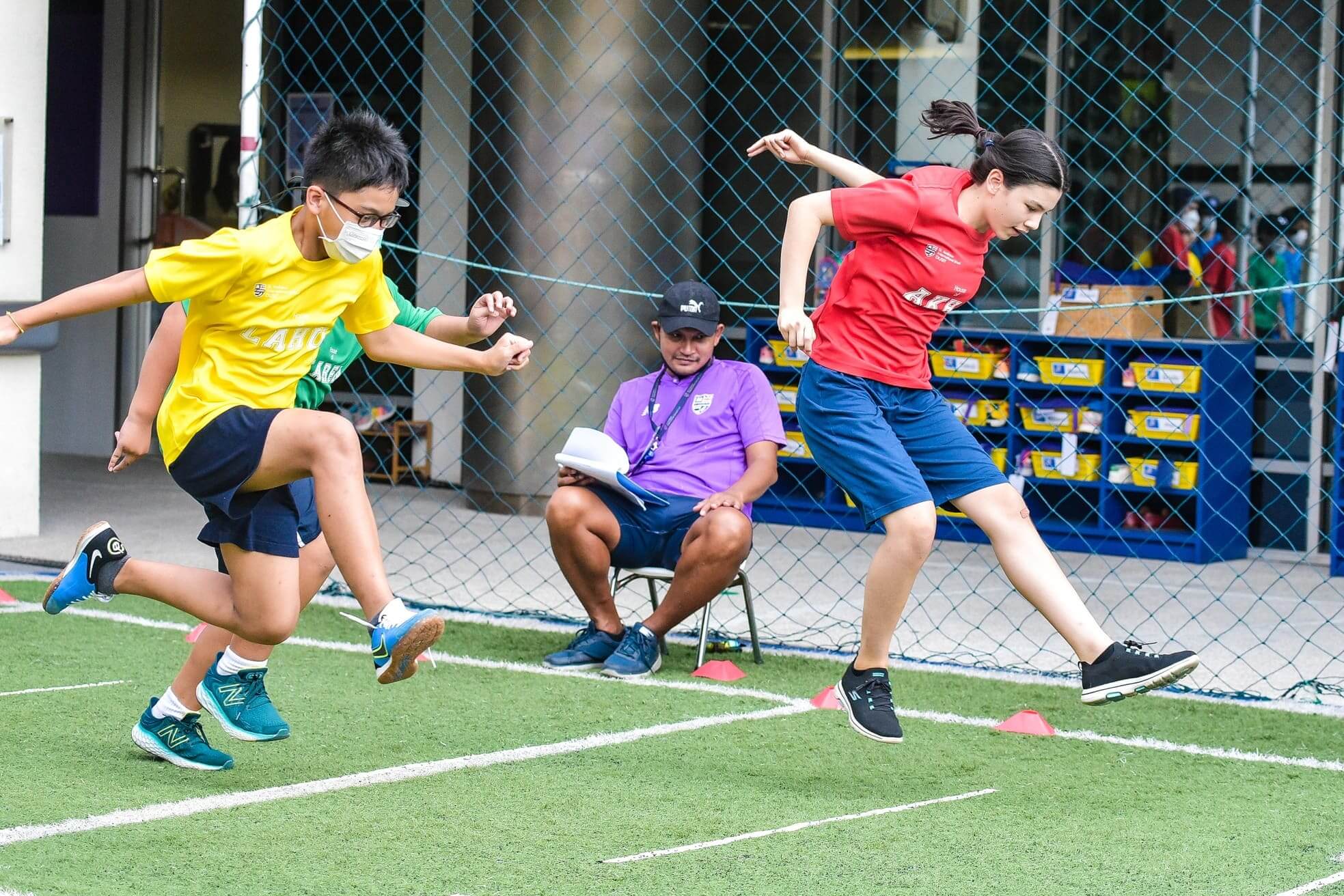Your children are given ample preparation for their future as contributing members of society or even future leaders at St. Andrews Dusit British International School in Bangkok.
Even early years to primary education for young learners aged 2 to 11 years old can involve tapping into the fullest potential of the child through St. Andrews’ holistic approach to learning that goes beyond literacy, STEM education, and academics.
St. Andrews Dusit wishes to develop these would-be game changers of tomorrow by nurturing their innovation and creativity.
They can truly become all that they could ever be by the school’s fostering of a culture of design thinking, creation, and innovation while also tapping holistically into their physical, academic, and socio-emotional skills from the start.
Nurturing Creativity and Growth Early On
Even during primary school, it pays to teach youths the importance of creativity, innovation, and cooperative brainstorming to help innovate and create concepts and things that better the world at large.
It’s easier said than done to be creative. Therefore, it’s better to demonstrate and entice creativity out of young minds to see the true masters of imagination at work.
We stand on the shoulders of giants, it is said. These giants are great leaders and game changers that come up with truly revolutionary inventions like the light bulb, telephone, radio, television, computer, smartphone, and the Internet.
We at St. Andrews Dusit view it as our responsibility to cultivate the imaginations of would-be leaders and game changers even as they undergo the foundations of their academics.
Our international school has a holistic approach to learning, so that even as the children are taught to think within and outside the box, they also don’t neglect the basics of literacy, STEM subjects, and socio-emotional development.
We’ve designed a curriculum that has them in mind as leaders of tomorrow while at the same time developing their problem-solving skills early on in the most creative of ways.

The Joys of Creativity in the Culture of Innovation
A culture of innovation involves empowering children to think creatively. They can start with design and art then extend their innovative thinking to even STEM subjects and studies.
Great things start from small beginnings. Before a company or government organisation can go about fostering a culture of innovation to encourage their workers to create newer and better products, children in school should first learn to enjoy being creative in class.
There’s a definite dopamine hit when one flexes their “imagination muscles” and creates a new concept, method, or thing that works and answers questions or solves problems.
Translating the freeform creativity of the arts into the sciences involves quite a bit of innovation itself, after all. We also teach them to become fully realised people with holistic learning, thus allowing them to come up with new, groundbreaking ideas.
We’ll teach them to stretch the limits of their imagination to better approach the concepts being taught to them and learn them in a deeper level rather than surface-level way.
At the very least, they should familiarise themselves with the concept of innovation to enable them to explore old ideas in an open-minded way, thus allowing them to reinvent the wheel to learn why the wheel was so revolutionary in the first place.

What is the Significance of a Culture of Innovation?
The schoolchildren of St. Andrews Dusit will also be trained to take calculated risks, learn from failure, and appreciate the joys of experimentation to develop their sense of creativity.
At St. Andrews, a culture of innovation isn’t just a culture of encouragement and validation. It’s also a culture of critical thinking so that our young minds can extract the wheat from the chaff of their ideas.
It’s essential to develop a culture of innovation in today’s world for the following reasons.
-
Competition: Once these children move from primary to secondary school and beyond, all the way to higher learning and career training, they’ll be faced with stiff competition in a dynamic market.
They can avoid falling behind their competition by learning to take risks and innovate in a self-motivated way to differentiate them from their peers. Our international school can cultivate this survivalist trait by introducing the joys of creativity at an early age!
-
Motivation and Satisfaction: Before these young minds can identify market shifts and emerging trends in their future line of work, we will train them to discover the freedom and joys of creativity, which then helps encourage that so-called culture of innovation.
They can brainstorm and collaborate with each other so that their ideas can get “peer reviewed” and battery-tested from many different perspectives. They’ll also be motivated by the results and achievements possible from approaching education in a creative way.
-
Adaptability: Aside from gaining a competitive advantage against others in their future careers, these young learners should know how to think creatively and apply their imagination in a practical way to develop their adaptability.
St. Andrews’ holistic approach to learning also involves extracurricular art training, creative writing, and open-ended questions that challenge children to think outside the box and create their own culture or environment of innovation.
-
Socio-Emotional Development: Necessity is the mother of all inventions. Children’s imagination can truly be unleashed by having them identify their needs and the needs of others. A culture of innovation at a young age entails empathy.
Our holistic method of education will teach children to empathise and even sympathise with one another while appreciating different perspectives and cultures. From this socio-emotional and collaborative environment can their creativity be applied as solutions to problems and needs, even in an academic sense.

How to Nurture Creativity via a Culture of Innovation
First off, we train our young learners at St. Andrews Dusit to become holistic leaders of tomorrow with well-balanced skills in academics, sports, socio-emotional interaction, extra-curricular and cocurricular activities, and so forth.
It’s from this wall-rounded training that they become jacks of all trades capable of exploring nonlinear solutions to issues and problems beyond rote memorisation and the answer sheet.
They’re even taught to do community service so that they can do their part in the betterment of society today so that when they do make their innovations, it’s also in the service of the community at large.
The culture of finding better ways to do things or making the complicated simpler and easier is needed to remain relevant and competitive in today’s job market for sure!
Because not one aspect or facet of their education and self-training is neglected, they’ll have a bigger bag of skills to depend on when exploring and experimenting on different potential solutions to problems, questions, and issues presented to them.
They should start young in engaging in a culture of innovation and technological advancement because the business landscape is continuously evolving.

When All Is Said and Done
The culture of innovation is more than just a fancy buzzword—it’s a way of life. Having our youths live in such a creative environment will help train them to become the lifeblood of whatever company or organisation they end up in or start themselves as future game changers.
We encourage our children at St. Andrews Dusit to always challenge the status quo and pursue the betterment of society and themselves as the leaders of tomorrow.
As a part of the Cognita School Group, the St. Andrews Dusit International School is one of many schools managed by the organisation throughout the Americas, Asia, and Europe.
Feel free to book a St. Andrews Dusit campus school tour to open your eyes to everything that this institution has to offer as a topnotch international school in Thailand. If you have limited time, you also have the option to watch our personalised virtual campus tour for more information about our school.



